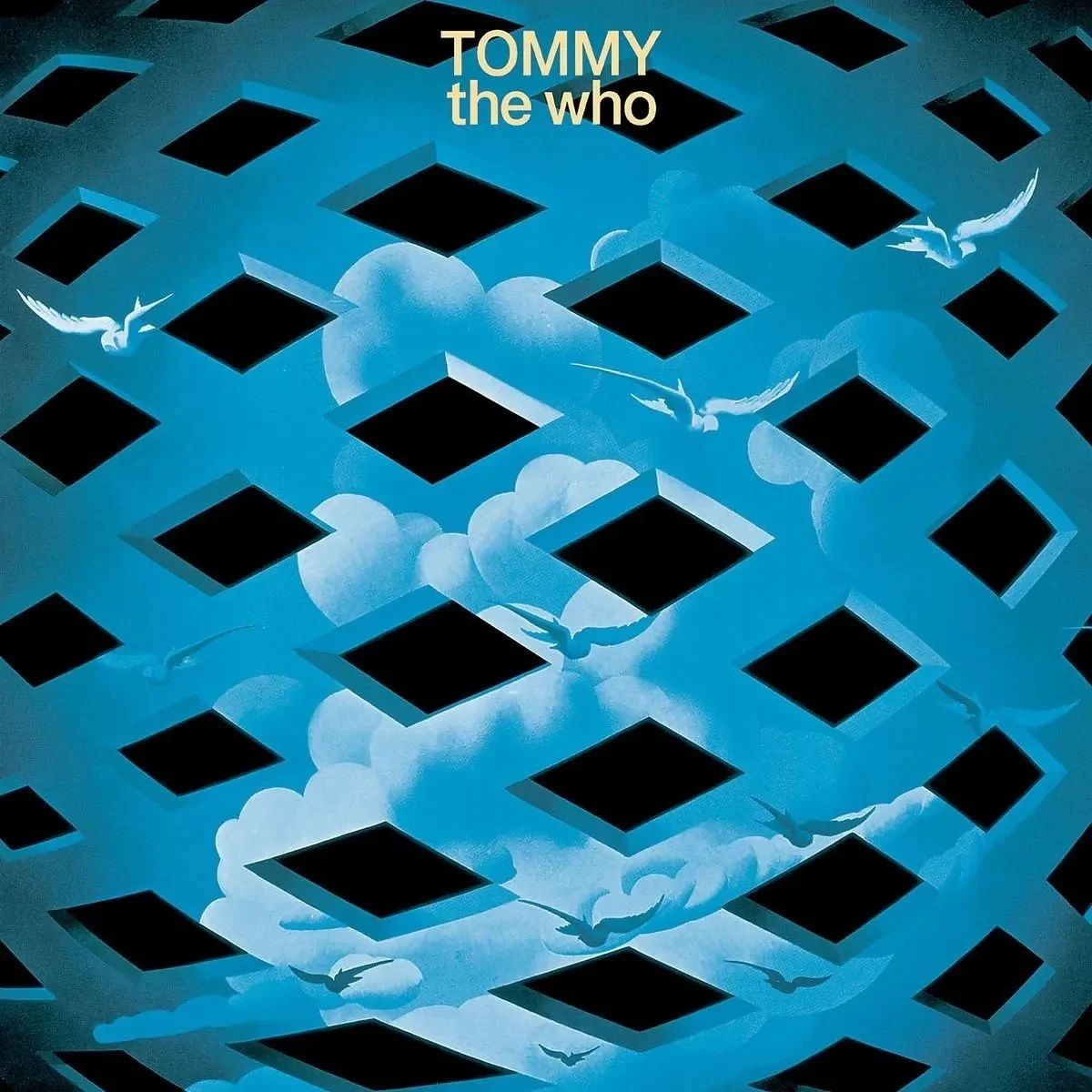THE WALL. The Beginning

Pink Floyd's The Wall is a ground breaking concept album and film that has left an indelible mark on the world of music and cinema.
Released in 1979, the album tells the story of a rock star named Pink who, disillusioned by the music industry and personal struggles, builds a metaphorical wall around himself to shield himself from the outside world. This article delves into the story behind the creation of The Wall, analyses the music and its cultural impact. Exploring the film adaptation and its visual brilliance, examines the album's legacy and influence, and concludes with a look at the live performances and tours that brought The Wall to life. Join us on this journey through one of the most iconic works in rock history.
The Beginning
IN 1977, Pink Floyd had established themselves as one of the best musical outfits. A string of classic albums had thrust them into the mainstream spotlight. Despite the vast commercial success, cracks in the band were starting to show as the consequence of success started to bring tension with in the band. It was during the In The Flesh Tour that these tensions came to a head. The band's bassist and principal lyricist and song writer Roger Waters, was despising the experience of touring, feeling the audience was not listening and that many were too far away to see the band. He said: "It became a social event rather than a more controlled and ordinary relationship between musicians and an audience." Some audience members set off firecrackers, leading Waters to stop playing and scold them. It was this incident that led to a conversation with producer Bob Ezrin about the alienation and despair he was experiencing.
He articulated his desire to isolate himself by constructing a wall across the stage between the band and the audience. After the tour While Gilmour and Wright were in France recording solo albums, and the drummer, Nick Mason, was busy producing Steve Hillage's Green, Waters began to write material. The spitting incident became the starting catalyst for a new concept, which explored the protagonist's self-imposed isolation after years of traumatic interactions with authority figures and the loss of his father as a child.




